Fausto Fumi: Marginal notes on the physics of solids
Italian physicist Fausto Gherardo Fumi was born in Milan on 22 August 1924 to Riccardo Fumi and Elfrida Fischer, both working in the field of pharmaceutical chemistry.
In 1940, at just sixteen years old, he began his university studies at the University of Rome, following in his parents' footsteps in the chemical field. Due to tensions caused by the war, the family left Rome in 1941, and the young man decided to continue his academic career at the faculty of chemistry at the University of Genoa, where he had the opportunity to meet Carlo Perrier.
Perrier, who together with Emilio Segrè had recently discovered technetium, took Fausto Fumi under his wing, guiding him toward the study of crystallography. After earning his degree in chemistry in 1946, he decided to continue his studies, in the field of physics.
During that period, he served as assistant to the chair of mineralogy, Perrier himself, who encouraged him to undertake experiences abroad, where the study of crystallography already boasted a considerable following. Thus, having earning his degree in physics in 1948, he left for America, where he was able to further his studies with Frederick Seitz, whom he followed, first, at the Carnegie Institute of Technology, where he obtained a post-doctoral fellowship, and subsequently at the University of Illinois, where began research on applications of the macroscopic properties of solids and on the construction of wave functions for organic molecules with conjugated double bonds.
In 1951 he returned to Italy, teaching as professor of statistical mechanics at the University of Milan. It was the beginning of a long academic career that allowed him to train a new class of physicists, in particular, Franco Bassani, Roberto Fieschi, and Mario Tosi, with whom he had the opportunity to work on several occasions over the years.
In 1954 he moved to England, where he collaborated with Nevill F. Mott, father of the electron theory of metals, who accompanied him in the study of defects in metals and in the development of the direct inspection method, the so-called "Fumi's Theorem," which allows one to calculate the impurities in a metal that changes phase.
In 1955 he won the competition for the chair of theoretical physics at Palermo. The following year Giovanni Polvani appointed him director of the "Enrico Fermi" International School of Physics at Varenna for the summer session of 1957, envisioned as the perfect scenario for the introduction of solid physics into Italy. The course was so successful that Fumi was called to direct it again in 1983 and in 1988. In 1957 he obtained the chair of physics at the University of Pavia, but after three years decided to return to America, working first at Cornell University, in Ithaca, New York; then at the Argonne National Laboratory, in Lemont, Illinois, where he reunited with his former students Tosi and Bassani; and finally, as professor at Northwestern University, in Evanston, Illinois. He remained there until 1966, when he returned definitively to Italy, serving as director of the Institute of Physics of Palermo.
His last university location was at Genoa, the site of one of Italy's first chairs of solid-state physics, and where he created, together with the dean Scortecci, the Institute of Physical Sciences.
Fumi obtained various awards throughout his years of work and training. He won the "Gualtiero Poma" Prize for Chemistry from the Accademia Nazionale dei Lincei in 1951 and the Augusto Righi Scholarship for the study of physics in Italy. Furthermore, he was a member of several societies: the American Physical Society, the British Institute of Physics, the European Physical Society, the Accademia Ligure di Scienze e Lettere, the European Physical Society Council, the Italian Physical Society, Sigma Xi, and the Gruppo Nazionale di Struttura della Materia (Italian National Group for the Structure of Matter).
He was deputy director of Il Nuovo Cimento and member of many editorial boards of international journals, including the Journal of Physics and Chemistry of Solids. He participated in drafting the entry "Solids, physics" for the Treccani Encyclopedia.
In 1986 he was awarded the gold medal for meritorious contributions to culture, and in 1992, after retiring, he was appointed professor emeritus.
He died in 2009 in Genoa.
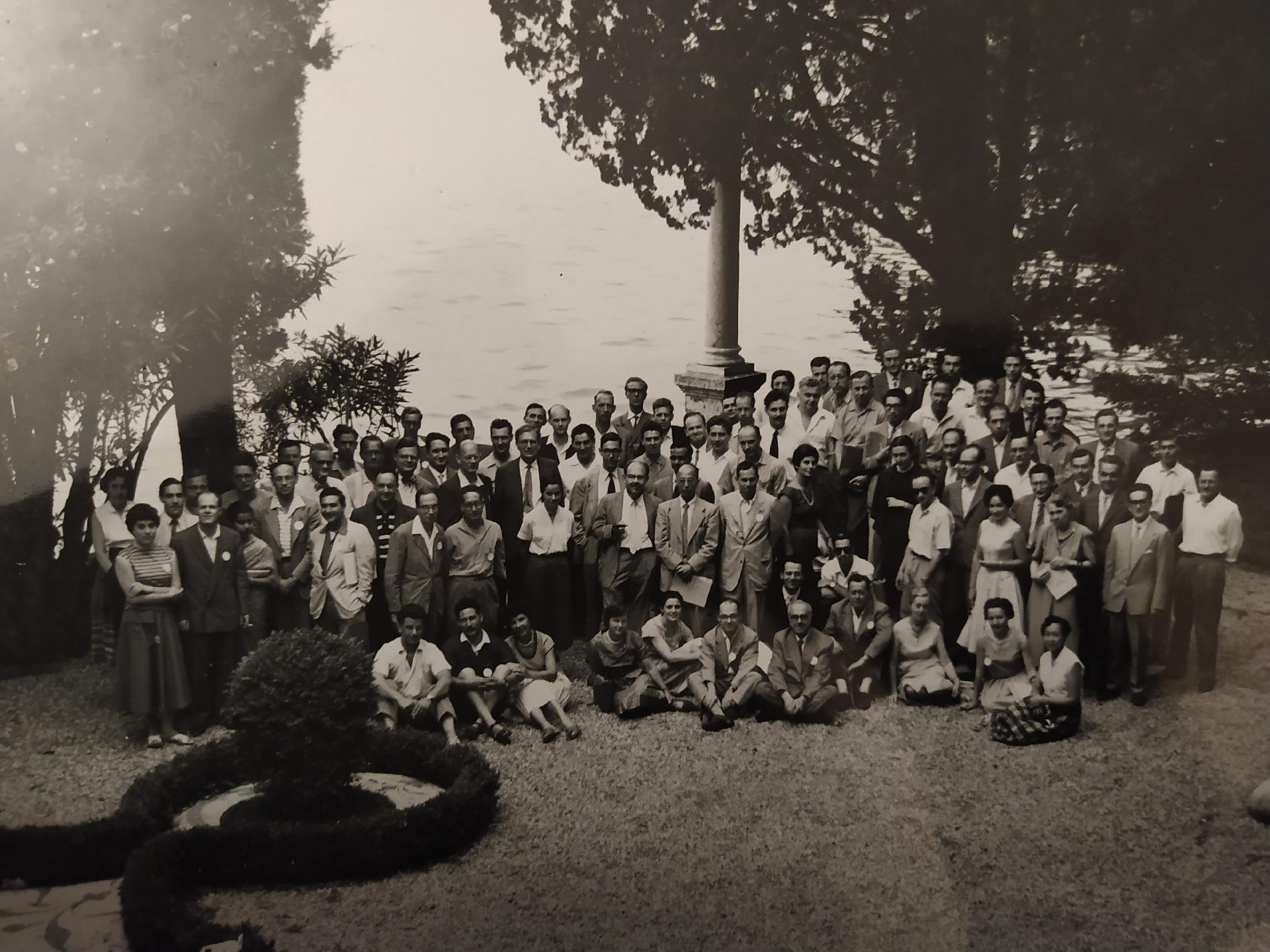
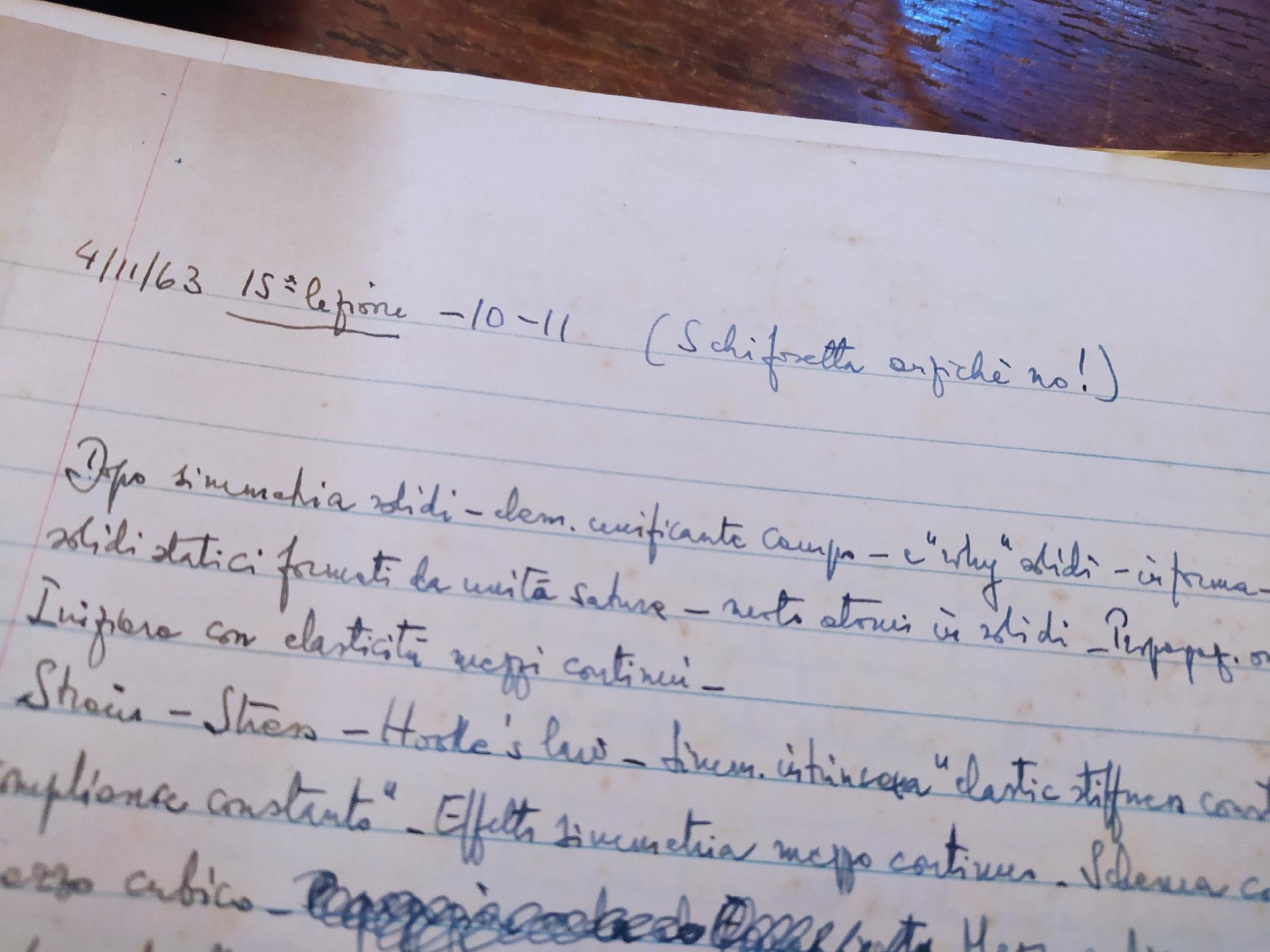
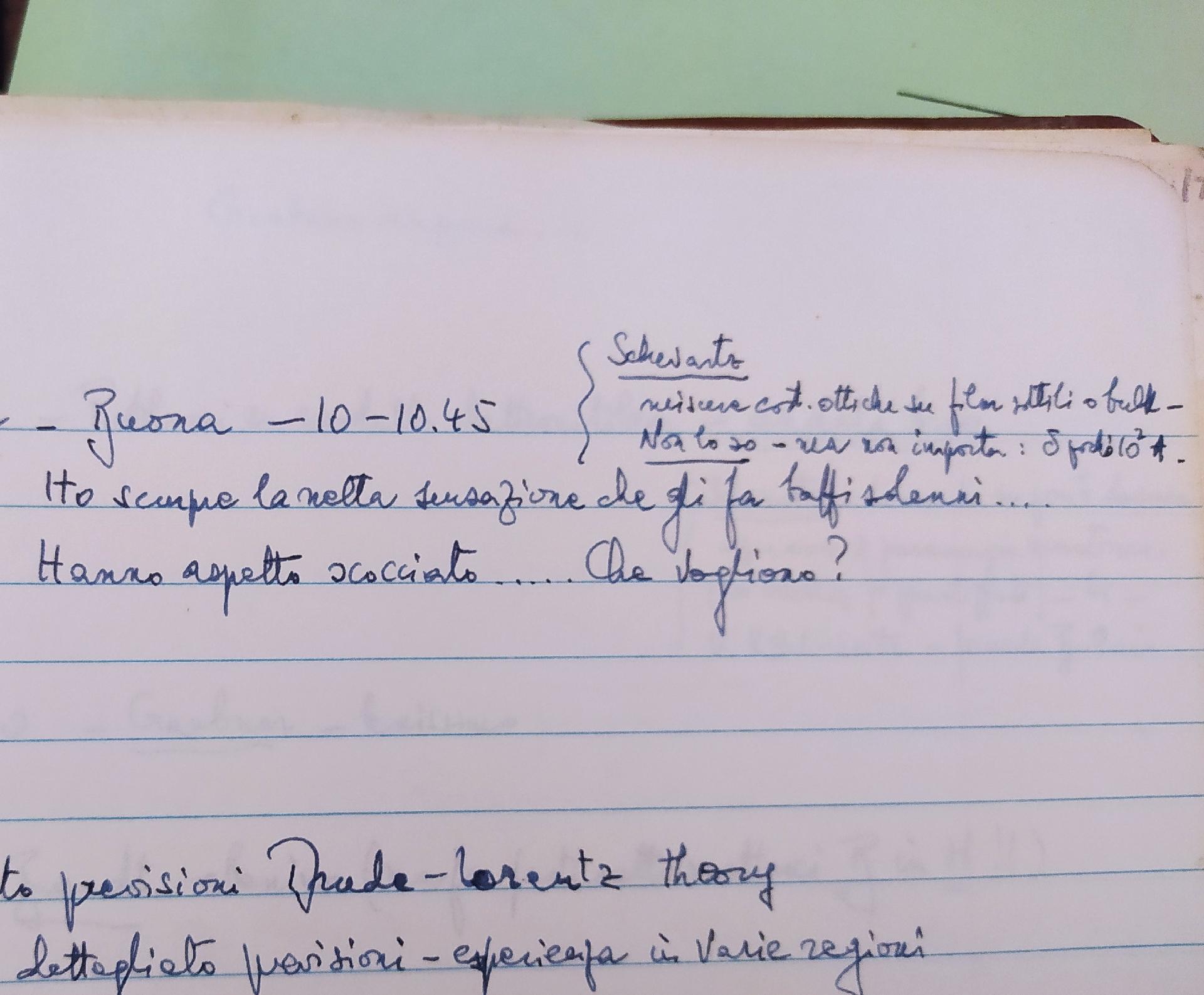
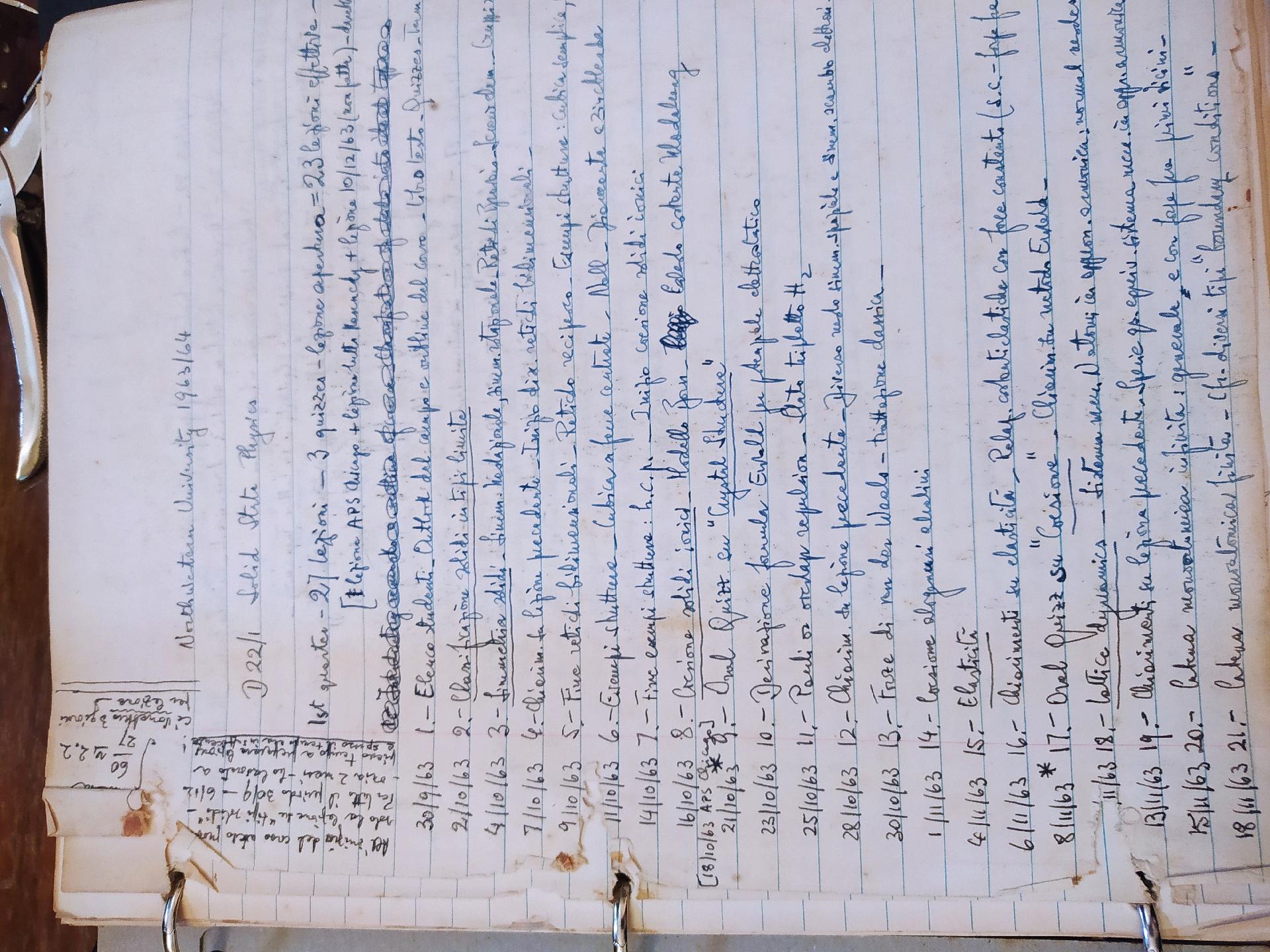
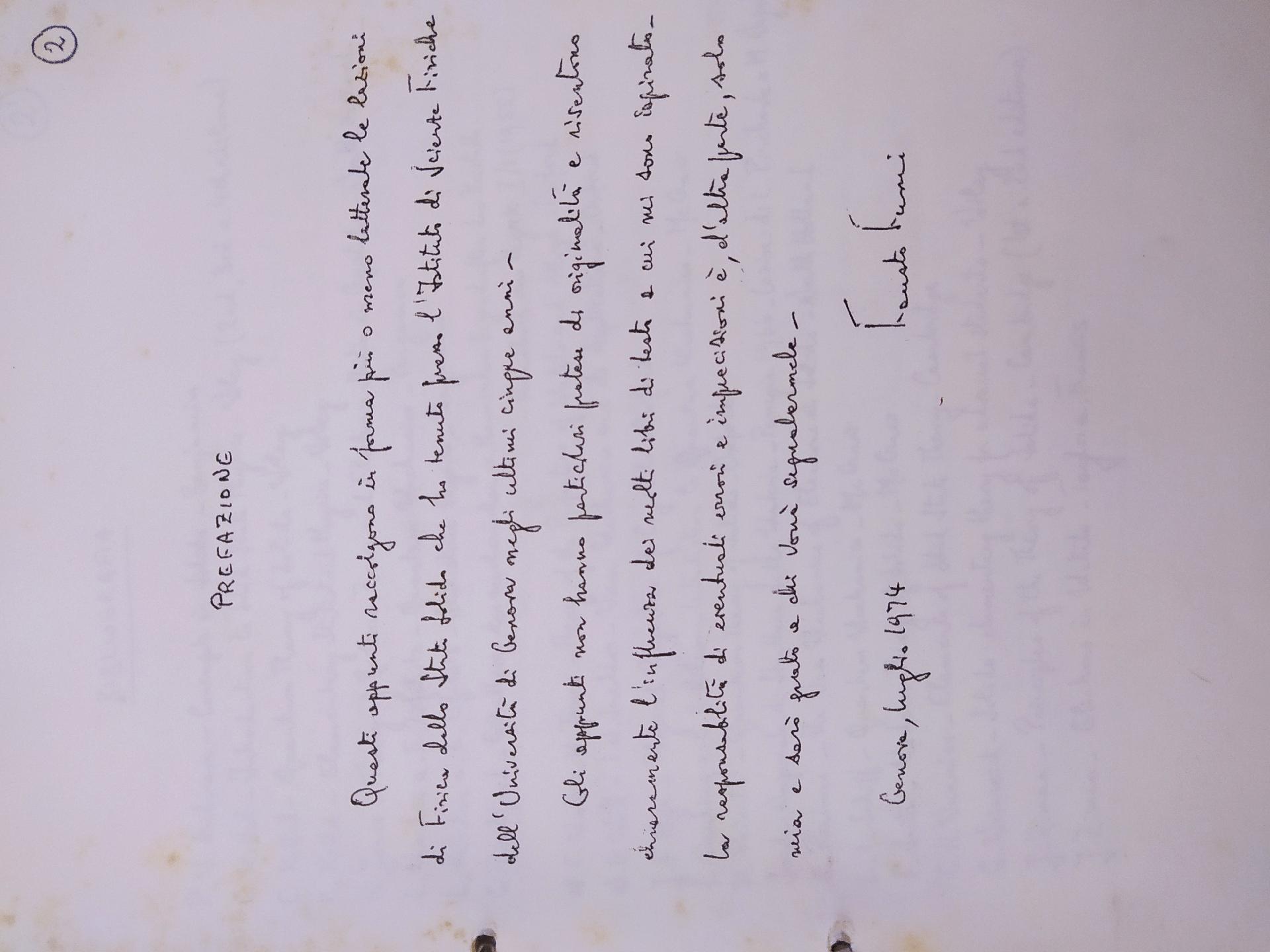
BIBLIOGRAPHIC NOTE
Fausto Gherardo Fumi, Osservazioni sulle condizioni di isomorfismo di Zambonini-Perrier, in «Rendiconti della società mineralogica italiana», 1948
Fausto Gherardo Fumi, Allowed Final States for Annihilation into three Photons, in «Phys. Rev.», 1953
Fausto Gherardo Fumi, Electronic States of Diatomic Molecules: The Oxygen Molecule, in «J. Chem. Phys», 1953
Fausto Gherardo Fumi, Vacancies in Monovalent Metals, (Fumi's theorem), in «Phil. Mag.», 1955
Fausto Gherardo Fumi, Problemi attuali di Fisica dei Solidi, in «Giornale di Fisica», 1957
ARCHIVAL REFERENCES
BY
Sara Pucillo (traduzione di John Veneralla)

 help with your research
help with your research
